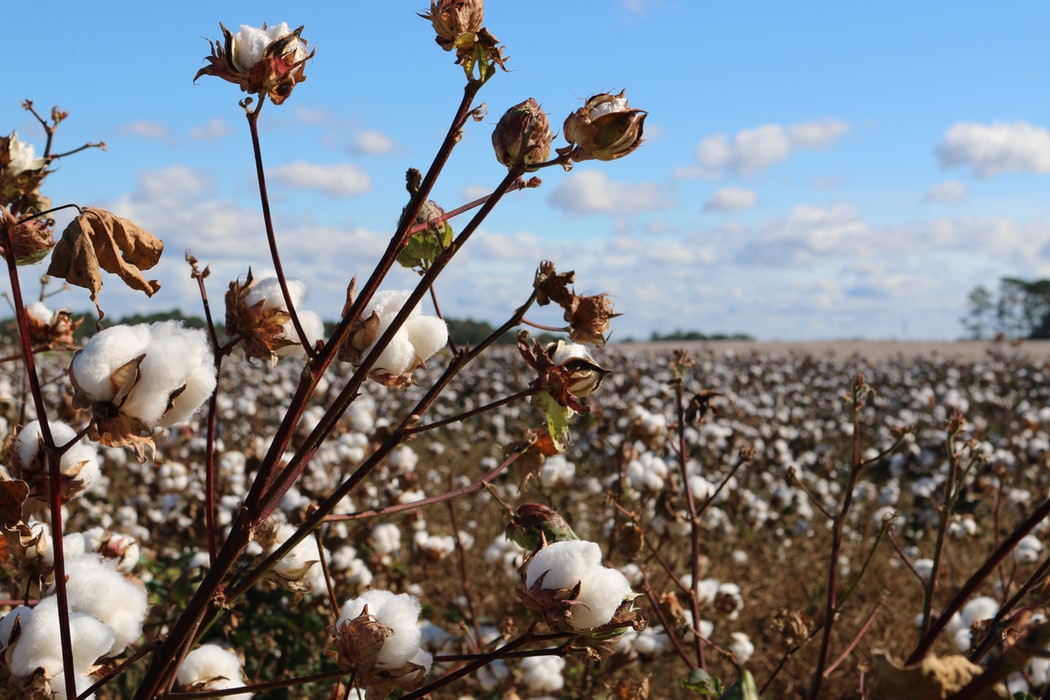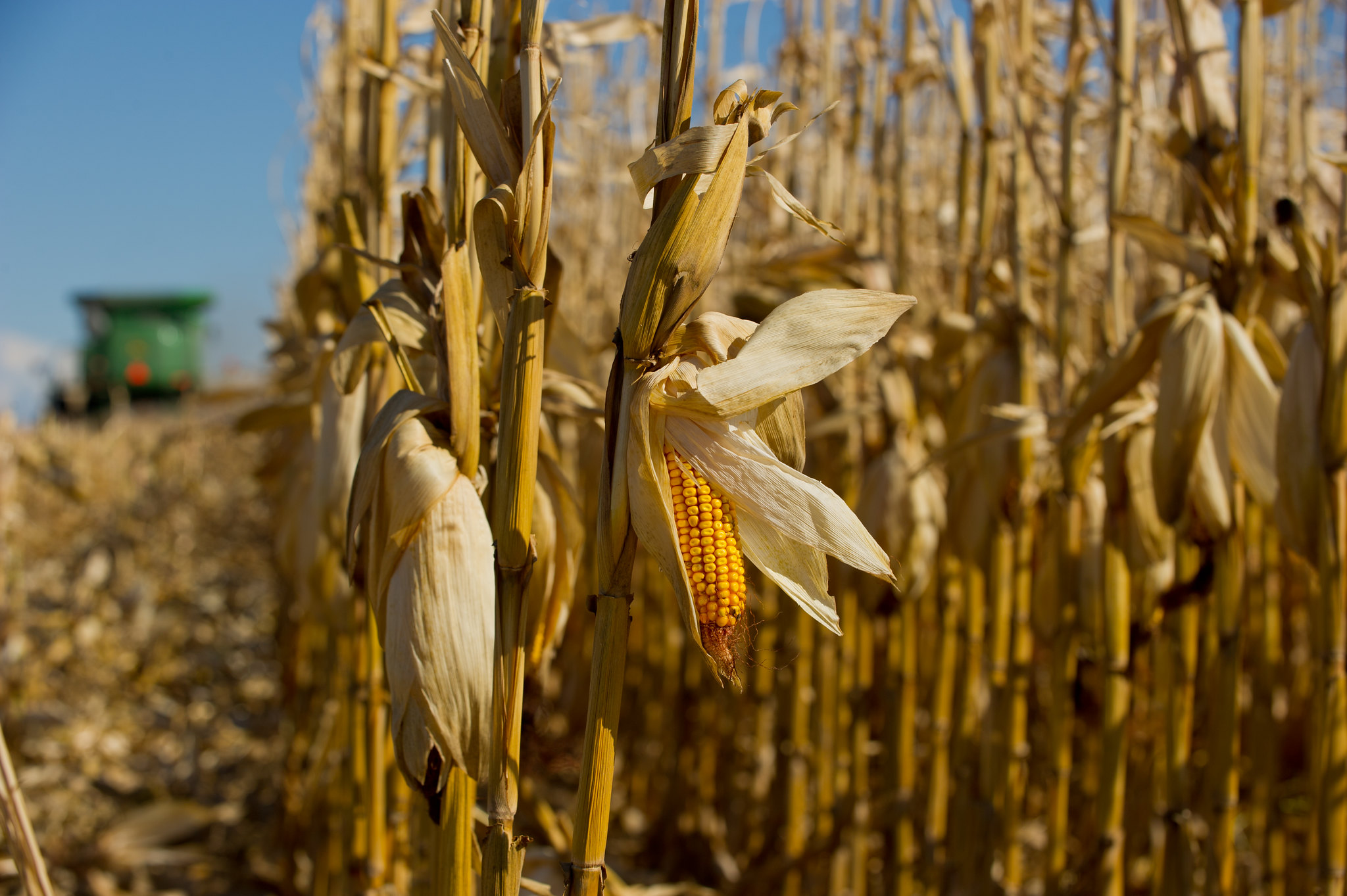If asked to imagine “cotton,” most people would envision the fluffy, white bulbs that are turned into fibers to create clothing. Cotton is seen as a material used to create physical items for human use, not consumption.
In the United States alone, 9.6 billion pounds of cotton, valued at $7 billion, are produced a year. Cotton is grown in nearly eighty countries by twenty million farmers. The International Cotton Advisory Committee reports that for every pound of cotton fiber, the cotton plant produces 1.6 pounds of seeds. The data indicate that up to 50 million tons of cottonseed are discarded – wasted – annually. Currently, the primary method for reducing this waste is through its incorporation in cattle feed.
Scientists are now exploring the use of cottonseed as a protein source for humans. This novel use will not affect already established uses of cotton, and it will create a consumptive use for a previously wasted part of the plant at a low marginal environmental cost.
In early October of 2019, the Food and Drug Administration (FDA) approved TAM66274 cotton with the intended purpose of being a food source for humans and animals. A professor of plant biotechnology at Texas A&M, Keerti Rathore, developed a process to genetically modify cotton to have reduced levels of gossypol in the cottonseed, making that seed edible for human and animal consumption. Gossypol is toxic to humans and most animals. Only ruminants, like cattle and sheep, have the multi-chambered stomach necessary to break down the chemical in gossypol. Gossypol has the effect of lowering the blood potassium. It can cause severe symptoms in humans, including respiratory distress, impaired immune and reproductive function, and even death. Scientists for decades have been looking for a way to remove gossypol from cotton.
Cottonseed could serve as an important source of protein, potentially offering 10.8 trillion grams of protein per year. The cottonseed is approximately 22.5% protein. The world production of cottonseed meal contains the protein equivalent (by weight) of all the eggs in the world, which would meet the essential protein needs of over five hundred million people. Rathore anticipates that cottonseed, which has a “mild nutty taste,” could become popular in snacks, such as baked goods or granola bars, or plain. The protein could also be extracted to be made into flour to create high-protein bread. Cottonseed can also bolster protein sources by offering a plant-based substitute for key ingredients in fishmeal and feed used in aquaculture.
Despite the new species’ potential, people may hesitate to incorporate cottonseed into their diet. As with many genetically modified crops, research on human consumption and the long-term impacts do not exist. This absence, alongside the stigma associated with genetically modified foods, may curtail the introduction of the cottonseed as a food source intended for direct human consumption. For the time being, it seems likely we will primarily see its use increase in aquaculture and animal feed.


